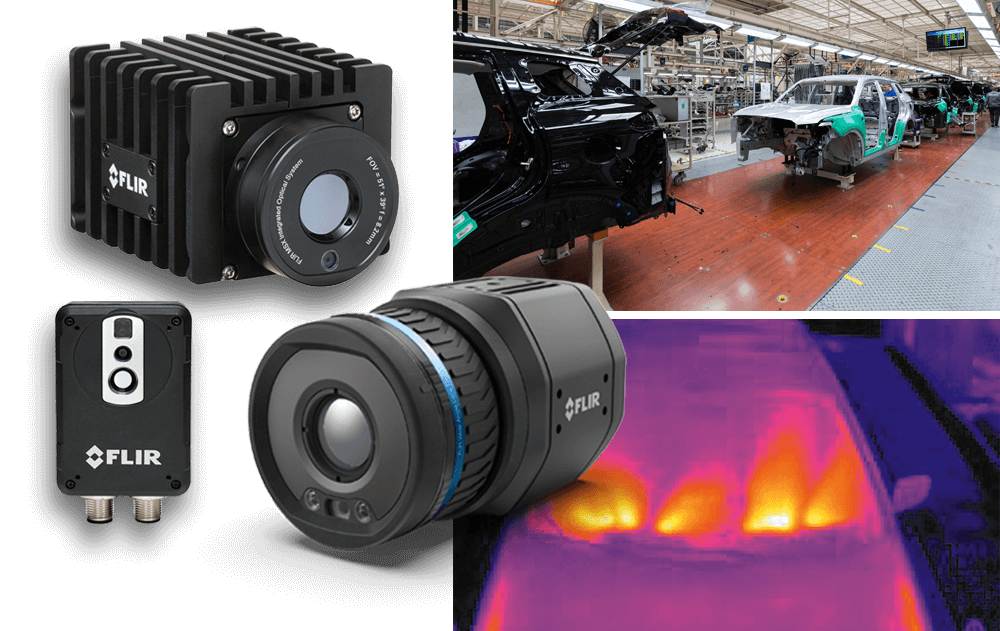#statusMessage#
Do you want to start the compare now?
#statusMessage#
Do you want to start the compare now?

With the increasing importance of renewable energies in the wake of climate change, solar energy is moving further into ...

The complexity of military radios and the often harsh weather conditions have a negative impact on the reliability of ra...

Automation with thermal imaging technology has proven to be a reliable solution for quality control in various industrie...

In diesem exklusiven Whitepaper erfahren Sie, wie Sie mit der richtigen Messtechnik arbeiten: ✔ Sie realisieren ein Test...
Manufacturer number: PQ111
With the (VNA) vector network analyzer PicoVNA106 you have a handy device that offers a very high accuracy at a very reasonable price . The required area is somewhat smaller than a DIN A4 page and is just 6 cm thick. The VNA fits in every briefcase.
Vector network analyzers (VNA) are increasingly used in many areas, in development, production and in the service area and increasingly because of the low investment costs in university education and in technical training. This device is used by engineers, technicians, experts, inspectors and teachers. The cost of the VNA106 compared to bench network analyzers is so low that it can also be purchased for amateurs as well as for laboratory applications by microwave experts.
With the VNAs, components such as B. amplifiers, circuits, modules and complete transmission system components from the telecommunications environment and for data transmission are examined. The measurements provide information about the linearity of components or modules and the individual frequency components of a signal can be recorded according to magnitude and phase, both on the input side and at the output of a module.
The S parameters (scattering parameters) such as S11 (input reflection), S21 (forward transmission / amplification / attenuation of the input signal), S12 (backward transmission) and S22 (output reflection factor / output adaptation) can then be obtained automatically from these measurements.
The PicoVNA 106 is programmable and controllable via the USB interface. Despite its small size and low cost, the instrument has a four-receiver architecture "Quad RX" to avoid typical errors such as. B. Eliminate signal delays from 3-receiver designs with internal switching paths.
The PicoVNA 106 offers a dynamic range of 118 dB with a maximum noise of 0.005 dB at a maximum bandwidth of 140 kHz. All four S parameters can be determined at any frequency in just 190 µs (2-port measurement) - or put differently: 500 points in less than a tenth of a second.


